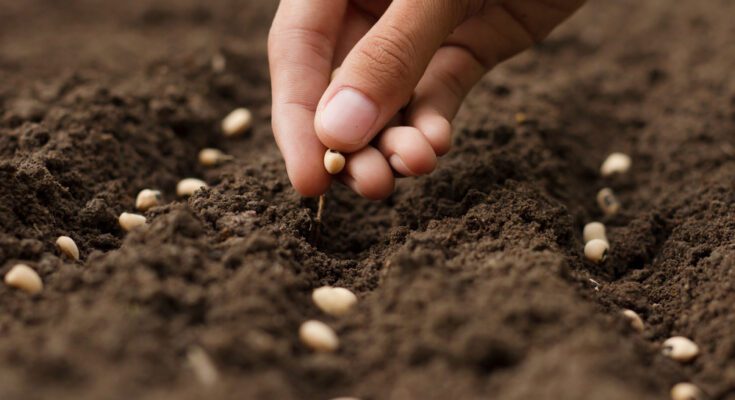Single-use plastics are a common sight in modern agriculture. These materials have become essential tools for improving farm efficiency, from mulch film to pesticide containers. However, their environmental impact is a growing concern that farmers can no longer ignore. This post explores how single-use plastics impact agriculture, the damage they cause, and the solutions available to create a more sustainable farming future.
The Problem With Plastics on Farms
Farmers use a wide range of single-use plastics to manage crops and livestock. Mulch film, for instance, is used to regulate soil temperature and reduce weed growth. Silage bags help store animal feed, and pesticide containers ensure proper storage and application of chemicals. These materials might make work easier, but their convenience is costly.
Every year, agriculture generates millions of tons of plastic waste. Once these plastics have served their purpose, they often end up in landfills or get burned, contributing to pollution and greenhouse gas emissions. They can also break down into microplastics, which find their way into the soil and water, causing further harm.
The Environmental Consequences
The environmental damage is serious when farmers don’t dispose of single-use plastics properly. Plastics left in the field can contaminate the soil, making it harder for plants to absorb nutrients. They also block water movement and disrupt the natural aeration process, reducing the soil’s fertility over time.
Water pollution is another concern. Plastics discarded near waterways often end up in rivers and oceans, harming aquatic ecosystems. Marine animals can ingest or become entangled in plastic waste, leading to injury or death.
Wildlife on land isn’t safe either. Birds, mammals, and other animals frequently mistake small chunks of plastic for food. Consuming plastic weakens their health and can reduce animal populations in and around farming communities.
Practical Solutions for Farmers
Farmers looking to reduce the use of single-use plastics have several eco-friendly options. Biodegradable plastics are gaining popularity and can perform many of the same functions as traditional plastics without lingering in the environment for decades. While these options may cost more upfront, they are a worthwhile investment for long-term environmental health.
Reusable materials are another viable alternative. Investing in high-quality, reusable tarps, crates, or containers can reduce the need for disposable plastic items. Some farmers are experimenting with innovative waste management practices like recycling scrap plastics into new products.
Small changes can also make a big difference. For instance, farmers can reduce plastic when selling at a farmer’s market by using paper bags, cardboard cartons, or biodegradable packaging instead of plastic. These efforts enhance a farm’s eco-friendliness and appeal to environmentally conscious buyers.
Farmers play a pivotal role in protecting the environment, and cutting back on single-use plastics is crucial for driving change. Small adjustments can make a significant difference. Additionally, exploring waste management programs or joining local initiatives to recycle agricultural plastics can amplify the impact.
Building a more sustainable farming future starts with everyday decisions. By reducing reliance on single-use plastics, you’re not just protecting the environment—you’re also investing in the health of your farm and community.



